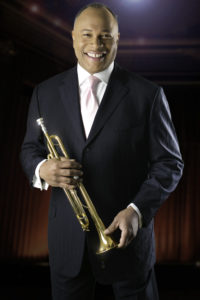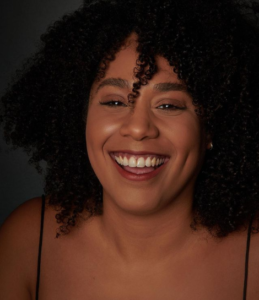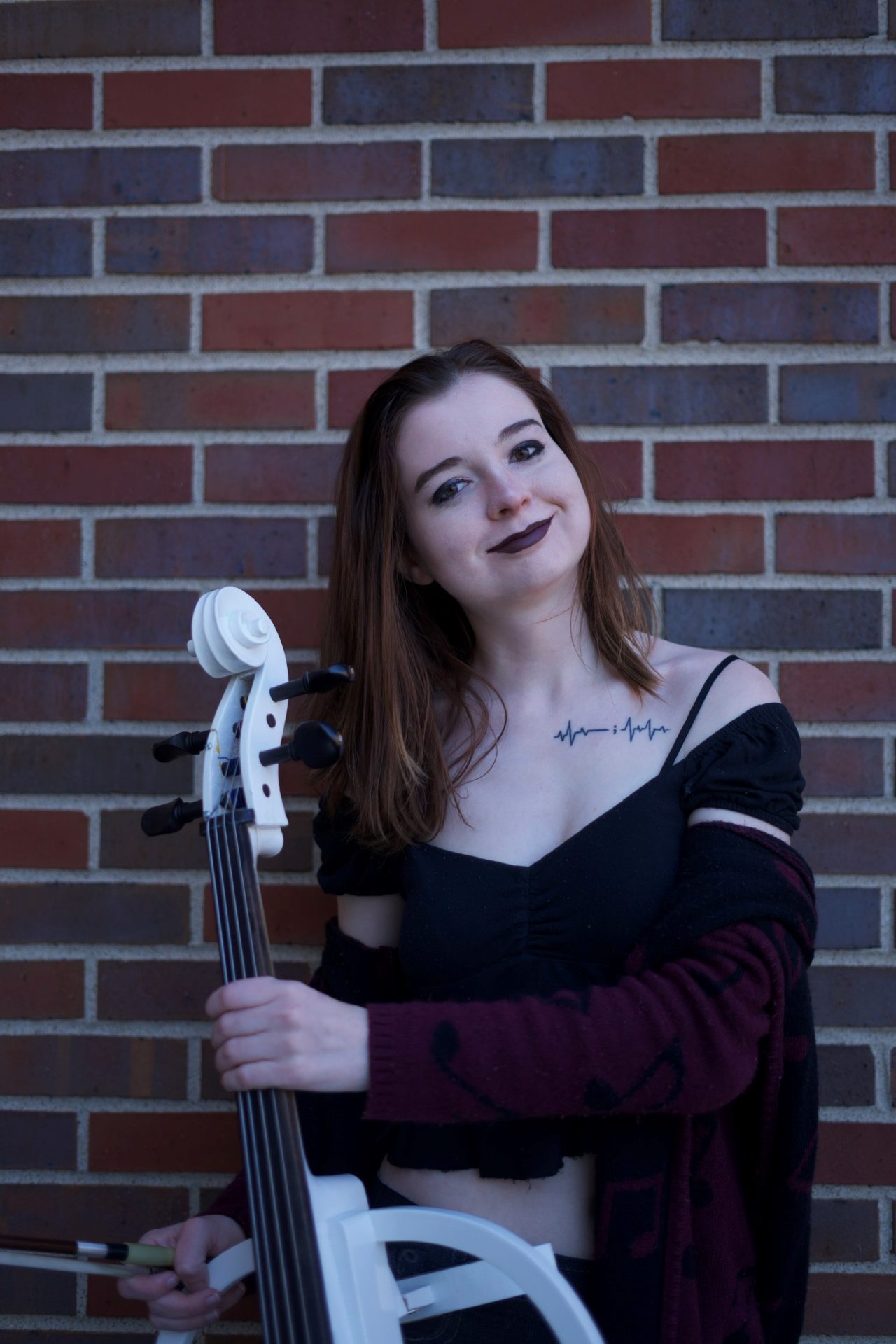At the Schermerhorn
Great Gershwin by the Nashville Symphony
Many reading this have heard the name George Gershwin, and know his story. But for those who do not know of him, Gershwin was an American composer and pianist who lived from 26 September 1898 to 11 June 1937. Albeit short, his life was remarkable and deeply influential for musicians throughout the 20th century, and onward. His music still resonates today, a melting pot of genres, of which I had the honor to listen to Saturday, January 13th at the Nashville Symphony’s concert. Though long deceased, this past weekend, the Nashville Symphony brought his music to light in a kaleidoscope of color and timbre.
When I first arrived, walking into the Schermerhorn Symphony Center felt like walking back in time to a New Year’s celebration. The lights and decorations were still up throughout the building, the elegant stairs perfectly clean and ornamented, and balloons on every floor; an immediate sense of warmth and coziness drifted through me. Before entering the symphony hall, my partner and I decided to take a photo in front of a beautiful neon blue sign that read “#NASHSYMPH,” with #NASH stacked on top of SYMPH and decorated, again, with balloons abound. The staff, along with taking the photo for us, were warm and welcoming. They greeted us with much enthusiasm and charm.

Conducting the performance was none other than Byron Stripling. A world-famous conductor, both renowned for his conducting and trumpet skills, he opened up the performance with a beautiful and moving orchestral piece. After finishing said piece, his charisma shone through with his bow and quick jokes about himself and life as a musician. Shortly after this, Mr. Stripling introduced us to Sydney McSweeney, a young, beautiful, and tremendously talented singer who I’m sure will take the jazz genre by storm. With Mr. Stripling on trumpet and Bill Cunliffe on piano, the trio sung their renditions of several of Gershwin’s works, which the orchestra often answering the siren calls of Ms. McSweeney’s vocals. She moved so easily from head to chest voice, so fluidly from a nasally timbre to full round, and warm. If Gershwin were alive today, I’m sure he would have been as stricken as I was by the trio’s rendition.
After a brief intermission, the orchestra and chamber groups reassembled and we took our seats. Mr. Stripling resumed his role as conductor and trumpeter, while introducing us to Tony DeSare, a pianist and vocalist. With Jim Rupp on drums and the Nashville Symphony behind him, he played and sang beautiful renditions of some of Gershwin’s most famous works, including “A Foggy Day” and “The Man I Love,” the latter of which was my personal favorite. While not as deep and round as that of Sydney McSweeney, Tony’s voice was a unique mix of soulful and pop-like, eerily similar to that of Michael Bublé. After a few more songs, Tony got up and told us the story of how Gershwin’s most famous piece, “Rhapsody in Blue,” came to be. Back in 1924, a bandleader named Paul Whiteman approached Gershwin, asking him to compose a piece for a concert of his that was to take place in five weeks. Gershwin refused, citing the timeline was far too tight.

The next day, Whiteman told journalists Gershwin had agreed, essentially forcing Gershwin to compose the piece. The first spark of “Rhapsody in Blue” came as he was riding the train, listening to the sound of the wheels against the tracks, and thinking of how our country came to be. This grew into his belief that America is a “kaleidoscope” of culture and hard work; so many different cultures coming into one area to form a diverse, yet beautiful, union. Under this idea, “Rhapsody in Blue” was born. Mr. Stripling, Mr. DeSare, and the Nashville Symphony brought this kaleidoscope to life Saturday night, with a spectacular light show and with their sound. With each motif, each phrase, it was almost as if I could hear the train tracks myself; from the harsh, loud, and brassy to the soft, melodic, and soothing, every motif was a different color, yet they all came together so perfectly, no matter how much they clashed in theory. That night, the Nashville Symphony brought Gershwin back to life.
Overall, the performance was spectacular. Walking in I was particularly intrigued by the unique setup: a full orchestra in the back, with a little plastic room built to the right of the conductor, where a bassist and drummer played. It wasn’t until after the opening piece I realized this was set up to best perform chamber pieces. However, I can’t state enough how beautiful this concert was, how well thought out and how well put together each performance was. I swear, hearing the Nashville Symphony perform was like looking back in time, back to what Gershwin saw: the largest kaleidoscope in the world.



